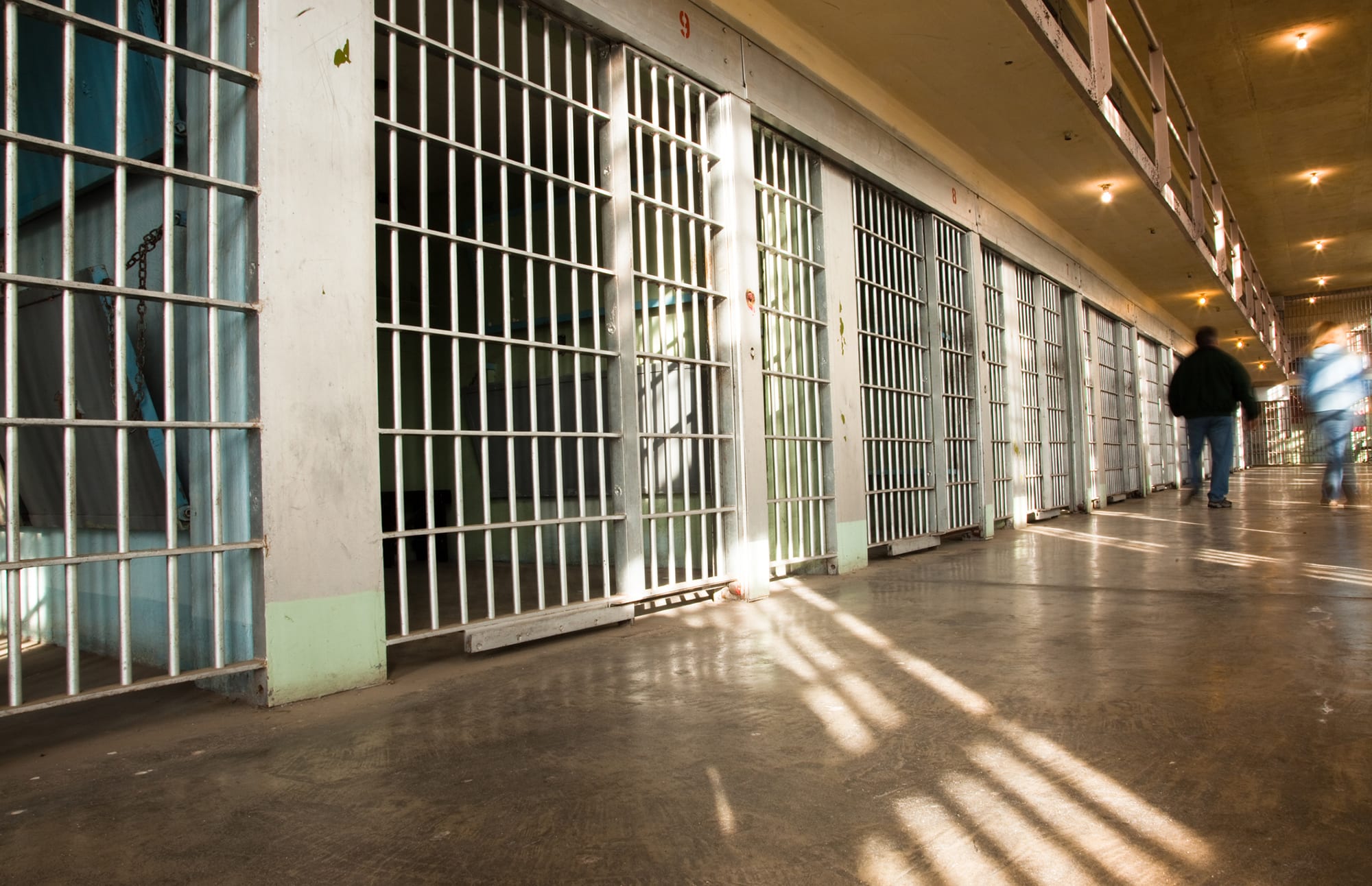 With 5% of the world’s population and 25% of its prisoners, the United States is the most punitive country in the world. Among developed countries, the disparities are even more striking: The U.S. relies on incarceration for 70% of criminal sanctions, while in Germany, it’s 6%.
With 5% of the world’s population and 25% of its prisoners, the United States is the most punitive country in the world. Among developed countries, the disparities are even more striking: The U.S. relies on incarceration for 70% of criminal sanctions, while in Germany, it’s 6%.
Why is the U.S. system so harsh?
A new paper by Asst. Prof. Conrad Miller and Benjamin Feigenberg of the University of Illinois at Chicago reveals how diversity, often celebrated as one of America’s foundational assets, might also help explain the punitive nature of its criminal justice system. The paper also offers new insight on the system’s disparate impact on African Americans, who are incarcerated at six times the rate of whites and face longer sentences for similar crimes.
Punishment varies widely between counties
The researchers split their investigation into two steps, looking first at whether punishments differ between counties. They collected county-level data over several years on every criminal arrest in four states—Alabama, Texas, Virginia, and North Carolina. Did the arrest lead to charges? Did the charges lead to formal sentencing? Did the sentence involve jail or prison time? Even when controlling for factors like age, race, and criminal record, they found dramatic variation in how different counties punish the same crime.
“People arrested in the top 25% of counties that are most punitive are two- to four-times as likely to be sentenced to jail or prison than someone who has committed the same offense in one of the most lenient counties,” says Miller, a labor economist and research fellow at the National Bureau of Economic Research whose research focuses on hiring and discrimination. “There is this huge difference in outcomes, even in the same state, with the same laws on the books.”
Diverse counties more punitive
Next, the researchers investigated a potential explanation for this variation. Prior research shows more diverse locales tend to be relatively miserly with social benefits. The underlying theory suggests that people in racially homogenous places are more willing to pay taxes into social welfare because the beneficiaries are likely to look like them, to be a part of their “in-group.” Perhaps individual preferences around punishment reflect the same bias, they theorized, and punishment is lighter in counties where prospective defendants are likely to be of the same race.
This is precisely what they found. Arrests in jurisdictions that were predominantly white or predominantly black were least likely to result in a jail or prison sentence. The severity of punishments climbed as counties grew more diverse and peaked in jurisdictions roughly that were about 30% black. (Though Miller and Feigenberg looked primarily at black-white racial divides, they noted that some Texas counties with large Latino majorities were among the most lenient.)
Reflection of voter preferences
In theory, at least, this presents a simple fix. “Our results suggest that if all jurisdictions within these four states adopted the policies of the most homogenous jurisdictions, then overall confinement rates would decline by about 15%,” Miller says — a significant figure considering the four states they study comprise roughly 20% of all prisoners confined by states. But how, practically, to make this happen is complicated.
In Miller’s view, the fact that racially diverse counties tend to be most punitive is likely a reflection of voter preferences, for which there is no policy fix. County residents vote prosecutors and judges into office, and these office-holders, in turn, strive to represent the will of their constituents. In racially diverse counties, that means prosecutors push for harsher charges—felony rather than misdemeanor, for example—and judges impose stiffer sentences—prison rather than probation or community service.
No simple fix
These findings also complicate efforts to reduce racial disparities in the U.S. criminal justice system. It would seem that, at least within the states Miller studied, these disparities are in part a result of how populations are distributed. It is more common for large populations of whites to live in overwhelmingly white counties, thereby exposing criminal defendants to relatively lenient systems. Large populations of blacks, on the other hand, tend to live in more racially diverse areas, like Houston, which ends up exposing them to more severe sanctions. In this way, racially unequal punishment is embedded in the geographic spread of populations.
One potential solution, Miller says, is to loosen the bond between voters and prosecutors and judges. That local courts are so tied to local preferences is a peculiar feature of the U.S. criminal justice system, and one that could be changed. Other countries provide models. Still, Miller couldn’t avoid a bit of pessimism when dwelling on the practical takeaway of the work.
“Perhaps there is some kind of broad kumbaya story: If we all had the right interactions at the right point in our lives we wouldn’t think about ‘in groups’ and ‘out groups’ in this particular way,” he says. “But, given the overall results, it’s not clear what the narrow solution to this problem is.”
The paper, “Racial Divisions and Criminal Justice: Evidence from Southern State Courts,” has been conditionally accepted to American Economic Journal: Economic Policy.